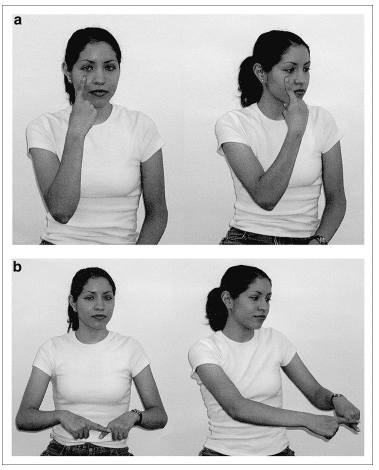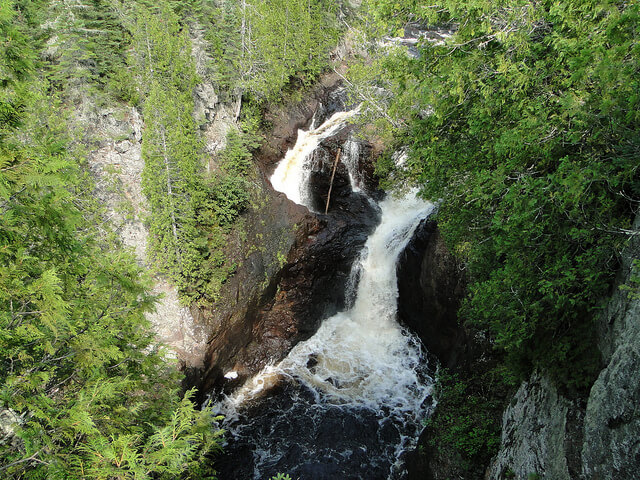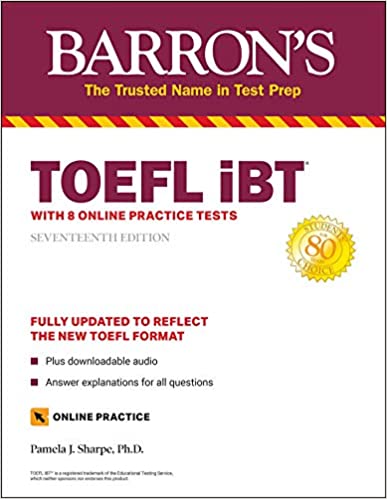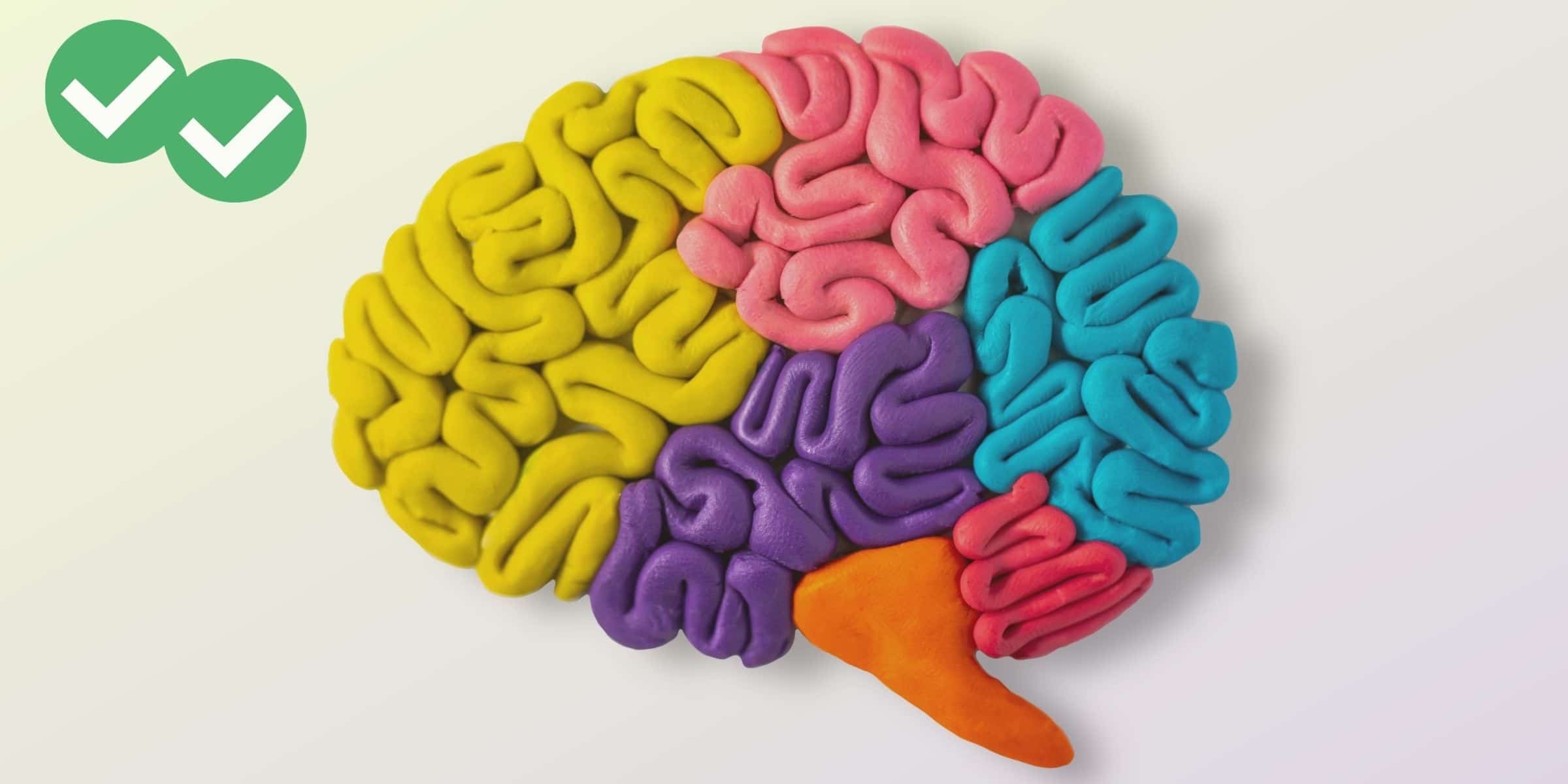
In a recent post, we looked at the Eiken vs. TOEFL in terms of Listening section lectures. (The Eiken is one of several TOEFL alternatives.)
Today, we’ll go through two Eiken practice lectures, with questions. For a direct comparison between these two exams, check out the TOEFL Listening lectures and questions in Volumes 3 and 4 of TOEFL Quick Prep.
Eiken Lecture 1: Nicaraguan Sign Language
Now, here is the lecture audio track. Like a real Eiken lecture track, this track includes a lecture and two spoken questions, with 10 seconds of time to answer after each question. To further imitate the real Eiken test, you can see the answer choices for each question below the track, but no text of the question itself.
No. 1
A) Students were no longer taught Spanish.
B) Teachers talked to each other more openly.
C) Deaf children began to form communities.
D) Linguistics experts taught the children.
No 2.
A) The human ability to use language is genetic.
B) Children don’t have linguistic knowledge.
C) Language is too complex to develop in a completely natural way.
D) Deaf children need extra help from teachers to develop language.
Eiken vs. TOEFL: Read a Full Transcript of an Eiken Lecture, With Questions
Nicaraguan Sign Language

Nicaraguan Sign Language. Prior to the 1970s, Nicaragua had no real community of deaf people. The deaf were isolated in their individual family households and learned only basic signs for communicating with family, friends, and neighbors. However, in the 1970s and 1980s, deaf children in Nicaragua were given much more contact with each other through a government program that created schools for the deaf. In these schools, the children were not taught sign language. They were only taught Spanish, lip reading, and “finger spelling,” the use of simple signs to make letters in the alphabet. However, the children in these schools soon began communicating with each other. They developed an elaborate sign language system of their own and used it to speak to each other.
The way that Nicaraguan sign language developed has interesting implications for language acquisition. The children in the Nicaraguan schools for the deaf were not professional linguists. They did not design their shared language with any strategy or coordinated planning. Instead, they developed a complex, fully formed human language spontaneously over the course of several years. They naturally invented verbs, nouns, and a rich system of grammar that they used with ease. Linguistics experts believe this proves that language ability is biologically encoded, and that humans naturally create a language system, provided they have contact with other humans.
Questions
Number 1
What was one result of the Nicaraguan government program to create schools for deaf children?
Number 2
What do professional linguists believe, based on the case of Nicaraguan sign language?
Answer Key
Now it’s time to see how you did. Here is the answer key for the two questions:
- C
- A
Eiken Lecture 2: The Devil’s Kettle

No. 1
A) It is in the exact center of a national park.
B) Its water flows throughout the sate of Minnesota.
C) Its water flows in two different directions.
D) Its water flows into the ground, not over land.
No 2.
A) Softer rocks are more likely to collapse and block the flow of water.
B) Softer rocks can easily be dyed new colors for scientific study.
C) The water in the Devil’s Kettle contains limestone deposits.
D) Only softer rocks can support the flow of underground water.
Eiken vs. TOEFL: Transcript of the Eiken Lecture and Questions
The Devil’s Kettle: A Geological Mystery
In Minnesota, one of the northernmost states in the USA, there is a very strange waterfall that has confounded scientific explanation. Found in a national park 25 miles south of the Canadian border, this waterfall, known as the Devil’s Kettle, is found at a fork in the Brule River. At this fork, half of the Brule River continues to flow southward into Minnesota. The other half of the river drops down the Devil’s Kettle waterfall, cascading forcefully into a hole in the ground.
The great mystery is where this water goes. There is no apparent outlet for this strong, continuing flow of water into the ground, and no evidence of an underwater river anywhere near the Devil’s Kettle hole. In fact, for an underground river to even be possible, there would need to be large deposits of limestone or some other soft, malleable stone under the ground in the region surrounding the Devil’s Kettle. Instead, the land that the Devil’s Kettle flows into is hard and unyielding, composed of granite and other strong, water-resistant rocks. Scientists have attempted to put dye, ping pong balls and logs into the Kettle to see where these contaminants might come out. So far, nothing placed in the Devil’s Kettle has ever been seen again.
No. 1
What is the Devil’s Kettle waterfall’s most distinct physical feature?
No. 2
Why do scientists feel that the lack of soft stone in the area around the Devil’s Kettle is significant?






Leave a Reply